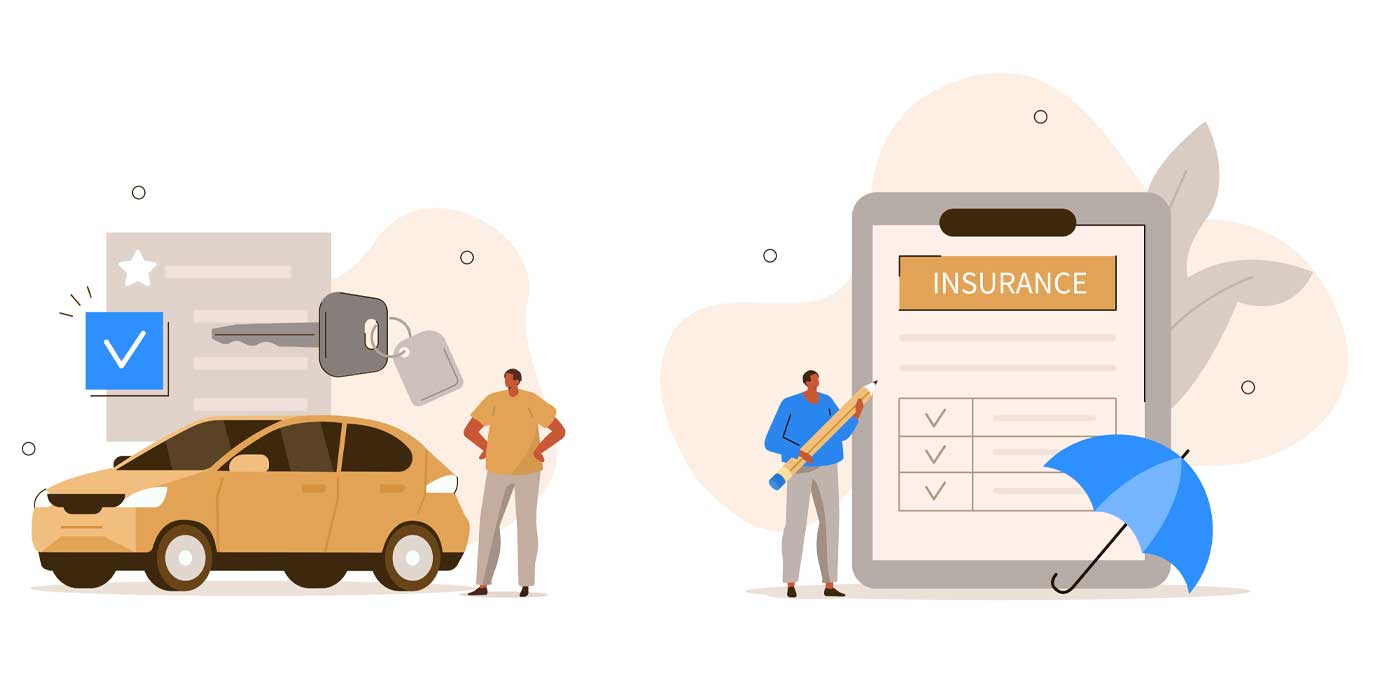I recently read a report that talked about how businesses are reluctant to adopt sales and marketing automation software because by the time they get a platform up and running, there’s already something new on the market to replace it.
There’s no denying that technology of all kinds is changing faster than we can keep up. Every day, we’re bombarded with new gadgets, apps and software. That’s why decision makers may be skeptical of purchasing any kind of technology — whether it’s new to the market or been around for years — for the dealership.
So, what do you do when you want to implement a new solution at your dealership and need to get the decision maker on board?
Evaluate Why You Want or Need the Solution
Before you propose a product or service for your dealership, do your research and consider your reasons for implementing it. Three common reasons are:
1. It’s the Latest and Greatest — Are you interested in a solution because it’s cutting edge? As humans, we’re attracted to shiny new things. That’s why people camp out in long lines every time a new iPhone is released. However, newest doesn’t necessarily equal best.
New software and hardware don’t always have the bugs worked out and often haven’t had time to build a reliable track record of performance. That’s not to say that you shouldn’t ever implement solutions simply because they’re new, but you should fully vet them. If possible, talk to other dealerships who have used the product or service for an idea of how well it works.
2. It Solves a Problem or Creates Opportunities — Sometimes you have to spend some money upfront to save or make some later. In your service department, customers pay for preventive maintenance now to avoid expensive repairs down the road. The same principle applies to certain technology and services.
For example, say you have a problem with thieves breaking into window-mounted key lockboxes. To solve that problem, you might look into an electronic key control system. It’ll require an upfront expense, but it’ll pay off in the long run.
Or, if you wanted to create new opportunities for revenue, you could invest in predictive analytics to identify customers who are likely to buy. If a product or service helps your business run more efficiently or increase your revenue, that’s a legitimate reason for considering it.
3. It Meets Compliance or Insurance Requirements — Keeping up with the sheer amount of regulations in the automotive retailing industry is challenging. It’s imperative that you stay up to date with all the appropriate forms and laws to avoid lawsuits, fines and unnecessary red-tape hassles. Likewise, it’s important to check all the boxes required to keep insurance premiums down.
If a product or service helps you reduce the expense of compliance or get more cost-effective insurance coverage, it’s worth it.
Build Your Case
Once you’re confident the solution you’re considering would be a solid purchase, dig deeper into the benefits it would provide. Your goal is to get the decision maker — and end users — to buy in to it.
Think about questions your audience will ask when first hearing about the solution (these will depend on the person’s priorities — more on that later). Beyond basic questions like “What is it and how much does it cost?” people might ask:
• Will it save us money? How much?
• Will it save us time? How much?
• Will it bring more leads? How many?
• Will it increase efficiency? How?
• Will it reduce risk? How?
• Will it improve our Customer Satisfaction Index score? By how much?
• Will it improve employee retention? How?
• How long will it take to implement?
• Why are you considering this solution instead of others on the market?
When anticipating questions, consider your audience. End users like salespeople, service advisors or business development center personnel will want to know how the solution will make their jobs easier. The dealer principal will want to know how it will make the business more lucrative or reduce risks that could cut into profits.
Your vendor contact may be able to equip you with some basic talking points. Tailor your conversations to the people you’re talking to, explaining how the product or service meets their goals and alleviates their pain points. Then take the conversation a step further by answering the question, “What are the consequences of not adopting the solution?”
For example, if you’re considering an eContracting service, the consequence of not implementing it is wasting money on printing and mailing physical contracts. In addition, now that interest rates are rising, you lose money in the week you’re waiting for the deal to be funded.
If you’re looking at an asset control system, there are the obvious drawbacks of losing keys, paying rekeying costs and dealing with the risk of theft. On a day-to-day basis, there’s the frustration of employees having to hunt down keys for test drives. What these issues mean for the big picture is that both employee satisfaction and the customer experience will take a hit.
After you’ve made your case for why the solution is right for your dealership, it’s time for a test run.
Set up a Demo with the Decision Maker and End Users
Once the decision maker is open to the idea of the solution presented, set up a demo. Let your vendor sales representative know what your priorities are and what problems you’d like to solve. Allow the rep to point out any additional problems you might not have noticed within your dealership and discuss how their product or service can solve those problems.
Ideally, the demo should be customized to your dealership so you can see how the product or service will be used in your environment. Schedule the meeting at a time when interruptions are least likely and work with the vendor and your IT personnel ahead of time to ensure you have the resources and connectivity required for a smooth presentation.
Throughout the meeting, take notes and ask questions. Afterward, discuss next steps, including how the solutions provider will partner with your dealership post-sale and throughout the life of the product to ensure you get the most return on your investment.
While adopting every technology that hits the market isn’t practical (or wise), a strategic approach to researching and presenting solutions for your dealership can get the decision maker on board and help your business realize its goals.
Click here to view more solutions from Steve Robinson and KeyTrak.












